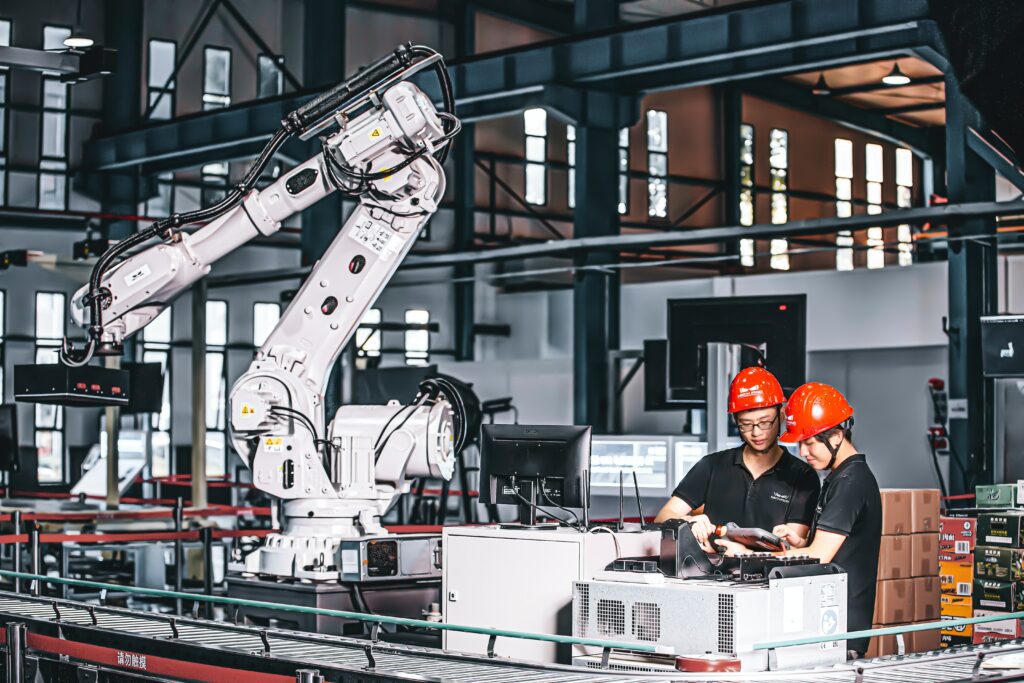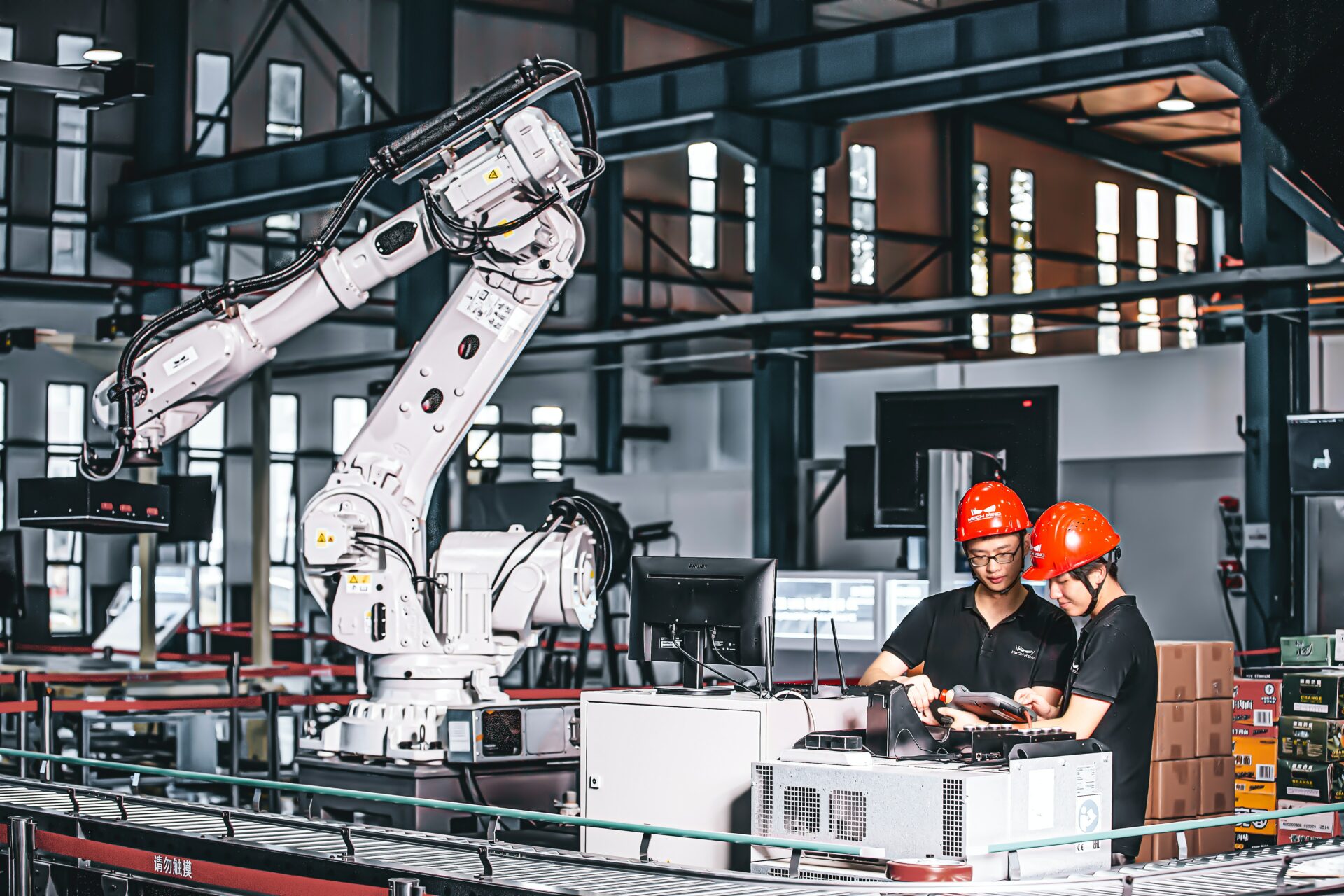How Does an Equipment Leaseback Program Work

An equipment leaseback program is a very helpful program for businesses that need funds and are willing to pledge equipment for it. Raising funds is not so easy for businesses. The common options available are getting a loan or using a line of credit. These options are tough for small businesses or businesses with poor credit.
For all such companies, the equipment leaseback program becomes very valuable. They can use the equipment they already have and monetize it to raise funds. The best part of this program is that the equipment would remain with them, so they can continue to use it for their operations.
In this guide, you will read more about the equipment leaseback program. You will get more information about how this program works. This information can help you decide on whether you should opt for this program or not.
What is an Equipment Leaseback Program?
The equipment leaseback program is also known as the equipment sale-leaseback program. If you are running a business, you would have equipment of different types. Particularly, manufacturing concerns would have various equipment that is usually expensive. You can use this equipment as collateral to raise funds
Selling the equipment to raise money is a bad idea since you no longer have the equipment with you. A leaseback ensures the equipment remains with you while you get money for it. This is the significant feature of the equipment leaseback program that makes it so attractive for businesses.
You would have spent money to buy the equipment. Now when you are in need, you can make use of the equipment to raise funds. It is an easier and more convenient way to get financing for your business than loans.
The program involves two parts: a sale and a leaseback. It would help if you found a lender (a bank or finance company) who will offer this program. You will first sell the equipment to the lender who will then lease it back to you and pay you money for it. The benefit of this arrangement is that the equipment will not move out of your business premises. You can continue to use the equipment as before.
The only difference is that now you are not the owner of the equipment but the lessee. As part of the lease, you get money from the lender. You need to repay the money by making a lease payment every month for a specified term. It works just like a loan but is more convenient.
How does it work?
How does an Equipment Leaseback Program work? The two parties involved in this program are the business that owns the equipment and the lender who pays the money. The arrangement involves a sale-leaseback. This calls for the sale of the equipment by the business to the lender and the lender leasing it back to the business.
Since a lease is being executed, the lender is the lessor (the one who offers the lease). The business becomes the lessee (the one accepting the lease). The equipment is the subject of the lease. Having understood the basic terms involved in this leaseback, it is now time to look at this in detail:
- The first step is finding a lender who can be a bank or a finance company. The lender would evaluate the business before deciding whether to go ahead with the arrangement. Some lenders may want to check if the business is doing well and would be capable of making the lease payment regularly. Unlike in the case of loans, a credit check is not done for a leaseback.
- The equipment has to be valued. This is the next step in the process. Lenders would have their own criteria to do this. The lender will first ensure the equipment is in working condition and is not too old. Equipment, which is formed by many small parts will not be acceptable.
- The valuation of the equipment is done by determining its liquidation price. The lender agrees to the leaseback since they would own the equipment. If the business fails to make payments on time, the lender can repossess and sell the equipment. The sale or liquidation would fetch a price, which is the value of the equipment. You must note you will not get funds equal to the value of the equipment. You may get around 50% of its value. This is done since prices can change over time. Also, liquidation involves various other expenses. To reduce their risk, lenders will only lend money equal to half of the equipment value.
- You can negotiate with the lender at this time to work out a mutually acceptable value. The terms of the leaseback are also decided at this time. Businesses can talk to more than one lender and work with the one who offers the best terms. If the equipment is fairly new, then you can expect the best terms. This will allow you a longer period for repayment with lower interest rates.
- Once you finalize the terms and select the lender, an agreement needs to be signed. The agreement would outline all the terms of the leaseback. The moment the agreement is signed, the leaseback comes into effect.
- The ownership of the equipment is now transferred to the lender. The equipment is now leased to you. You can continue to keep the equipment and use it as before. The lender will then make the payment to you, which is the amount agreed upon by both parties. You now have the funds you need for your business and can make use of them.
- Every month, you need to make a lease payment. This is just like the equated monthly installments paid for a loan. The amount to be paid and the duration is outlined in the agreement. You must make the payment on time every month. Remember that failure to repay on time can result in the lender selling the equipment. Before you get into the agreement, you need to plan your finances properly. This will ensure you have sufficient money to make the lease payment every month.
- This arrangement would continue until the end of the lease period. Once the lease period ends, what happens to the equipment? This is decided based on how the agreement has been made. Since the equipment is owned by the lender, it returns to the lender who can take it back. There can also be an option for you to buy back the equipment from the lender at a lesser price. If you have entered into a capital lease, then once the lease is over, the equipment will remain with you. This is why drafting the agreement needs a lot of importance. You need to properly negotiate the terms, so all these issues are resolved.
Pros and Cons of the Equipment Leaseback Program
It is important to understand the pros and cons of an equipment leaseback program. The following are the pros or benefits of such a program:
- You can use your equipment to raise funds through this program. The equipment will remain with you, and you can continue to use it. This ensures there is no disruption in the business operations.
- It is a better arrangement than loans and other financing options. The lease amount to be paid every month is less than the monthly installment. You will get a better rate of interest and more time for repayment.
- Even if you have a poor credit rating or are a new business, you can still get the benefits of this program. The leaseback does not affect your credit rating in any way.
- A big benefit of this program is improved cash flow for your business.
- There are tax benefits for the business thanks to this program. The lease payment is considered an operating expense and is deductible.
There are some cons or drawbacks you need to know about:
- Even though the equipment remains with you, it does not belong to you. Failure to pay the lease amount on time can lead to the equipment being repossessed.
- The equipment valuation is not done at the market price. The amount you get from the lender is much less than its value.
Things to know about the program
Before you get into the program, here are a few things you need to know:
- You should contact more than one lender to understand how their leaseback program works.
- Negotiate with the lenders so that you can get the best possible terms. Compare the terms offered by different lenders before signing up with the one who has the best terms on offer.
- Make a proper plan on how you will spend the money obtained from the lender. Your plan must also allot money every month for timely lease payments. Never put yourself in a situation where you default and lose the equipment.
- There are two types of lease options available. One is a capital lease, and the other is an operating lease. Depending on your business needs, you can choose one of these. Talk to your accountant before deciding.
